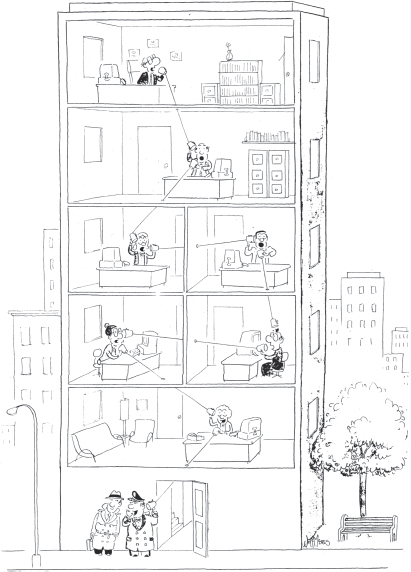CHAPTER 13
ETHERNET AND TCP/IP NETWORKING

Illustration by Jeff Moores
13.0 INTRODUCTION
Although there are other types of networks and network protocol suites for specialized purposes, the combination of TCP/IP and Ethernet represents the vast majority of network connectivity in use today. Chapter 12 presented a careful, but general, introduction to the basic concepts of networking; the goal was to understand the components and to understand how the components work and fit together to form complex data communication systems. In this chapter, we expand the discussion to give you a clear understanding of the role of TCP/IP and Ethernet in the operation of networks, from the moment a message is created at a sending node to the time it is processed at the receiving node. At the end of the chapter, we also introduce alternative protocols and packet-moving methods that are used in some circumstances. This chapter will add richness and color to the overall picture of how your e-mail and Web surfing and instant messaging (IM) retrieves your Web pages successfully most of the time and gets your messages to the right place.
Along the way, we will consider some of the more interesting (and important) details: how IP addresses are created and assigned and how an application called Domain Name System (DNS) translates the familiar URLs and e-mail addresses to a universal set of addresses that ...
Get The Architecture of Computer Hardware, Systems Software, & Networking: An Information Technology Approach, 5th Edition now with the O’Reilly learning platform.
O’Reilly members experience books, live events, courses curated by job role, and more from O’Reilly and nearly 200 top publishers.

